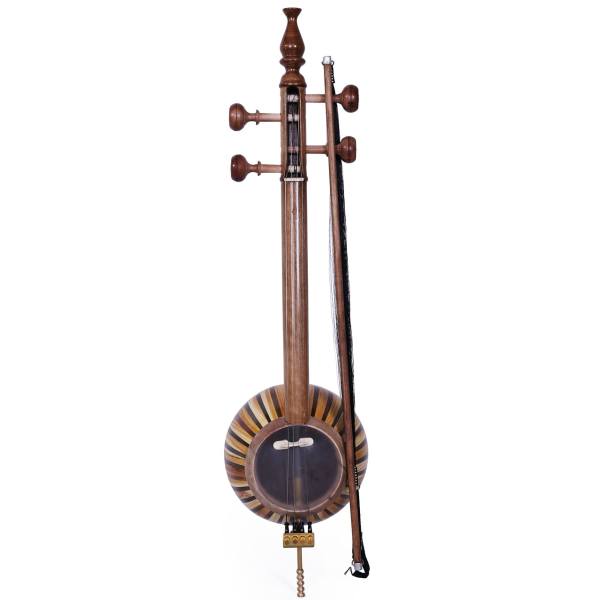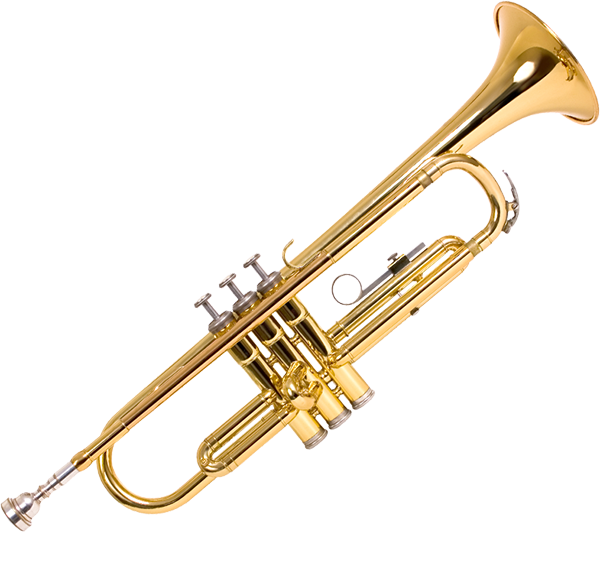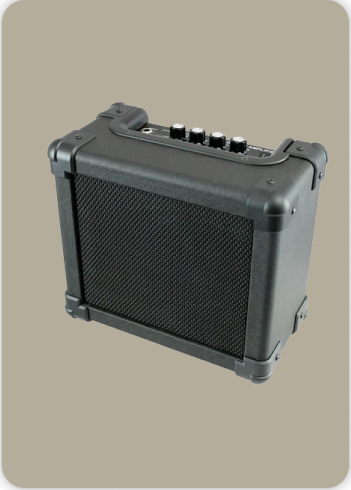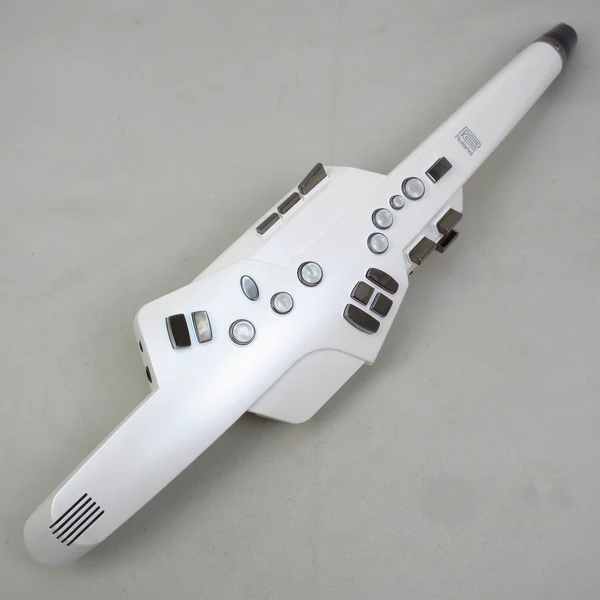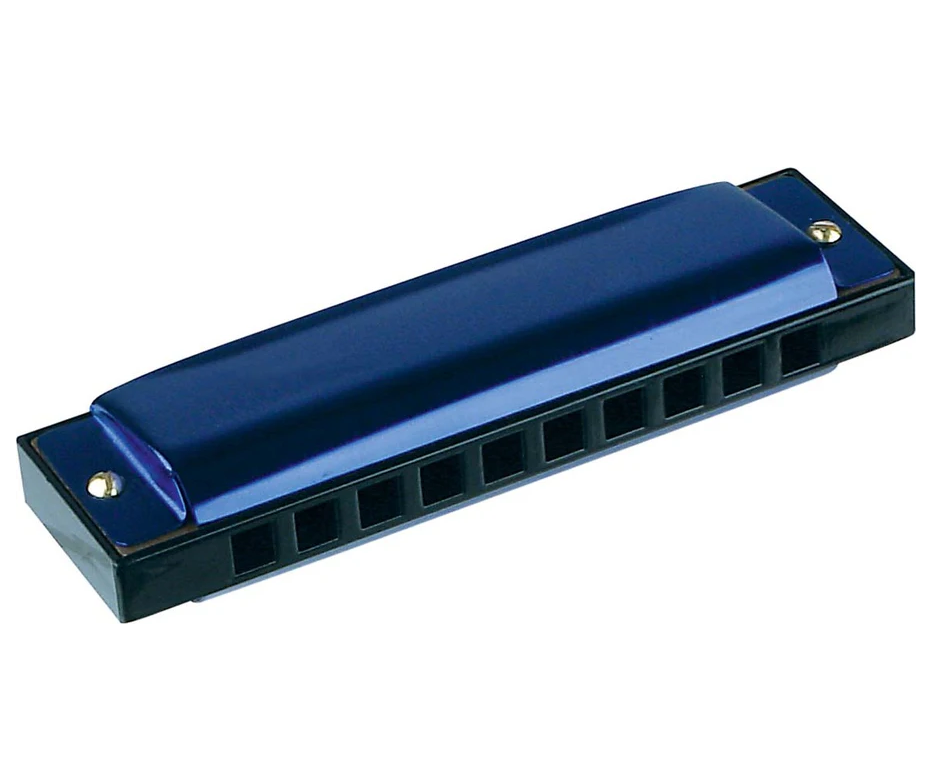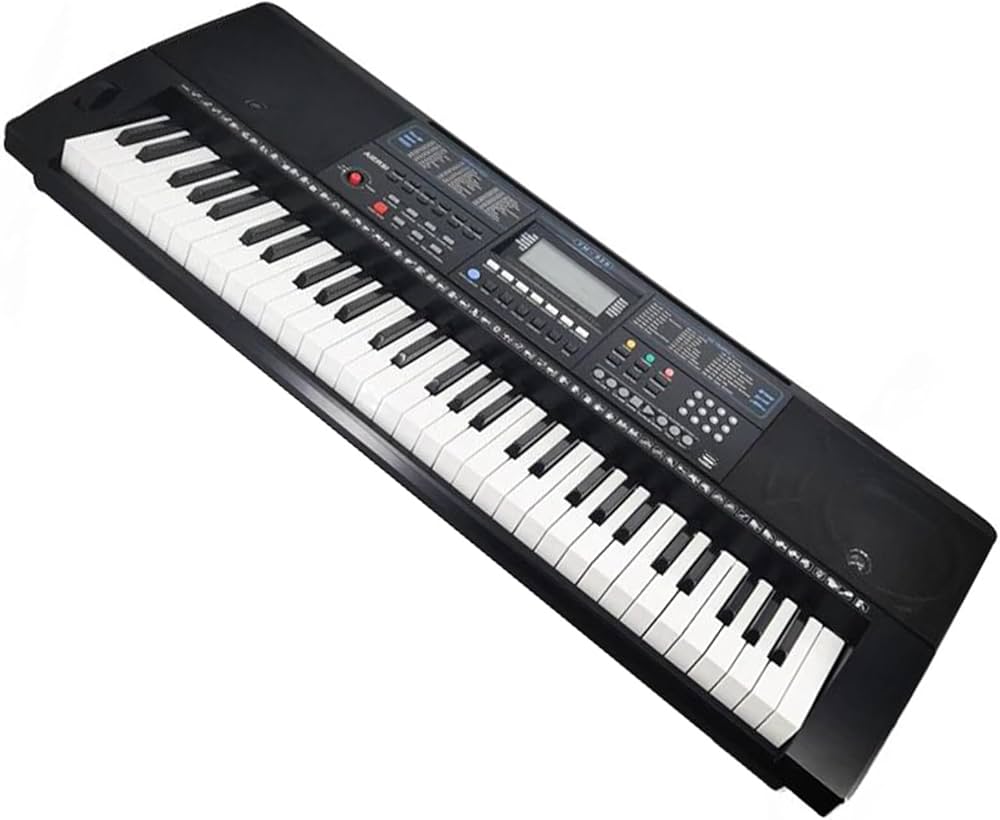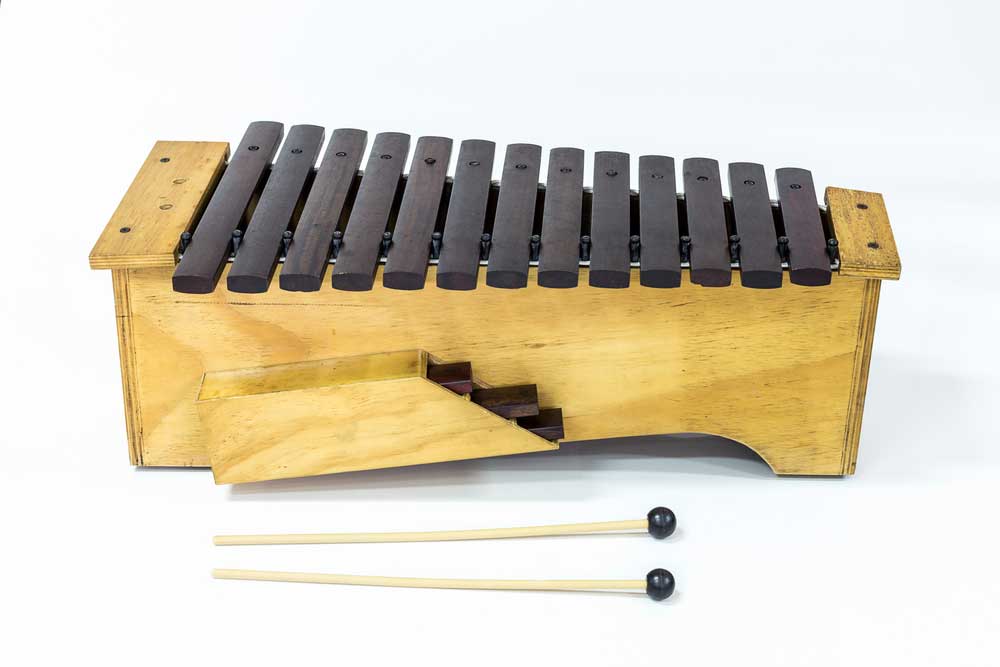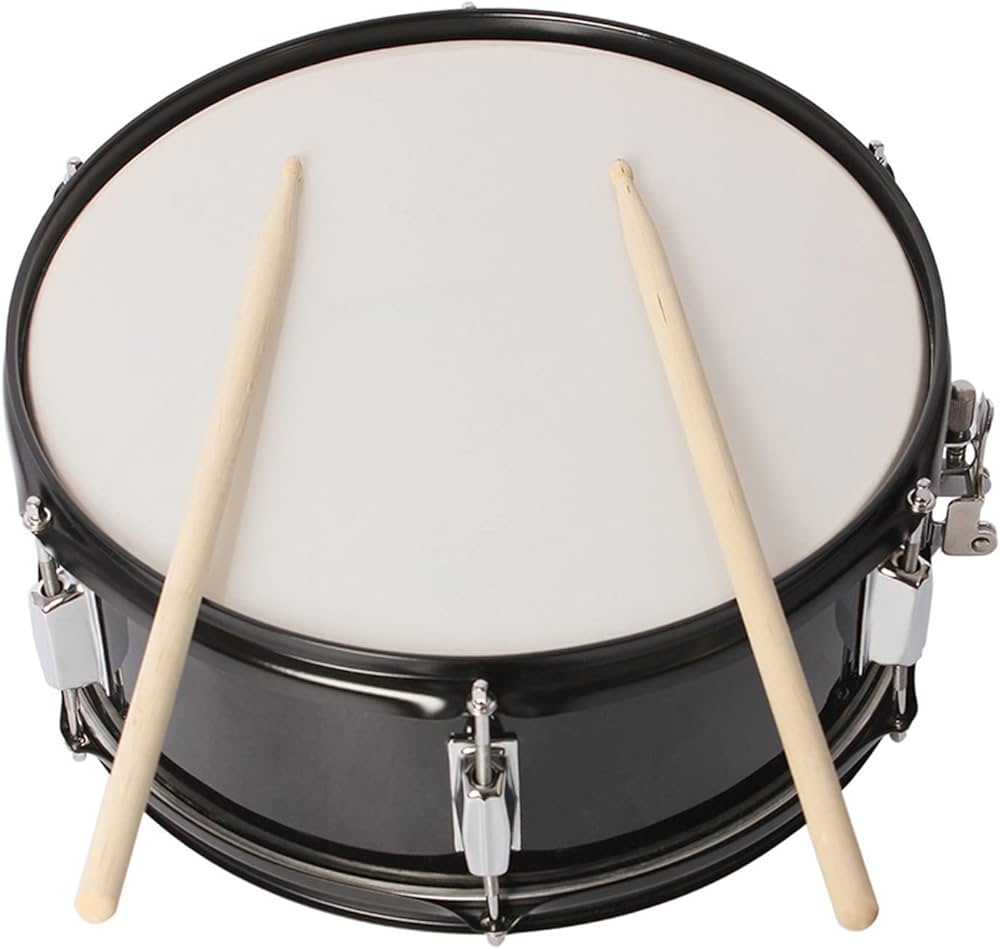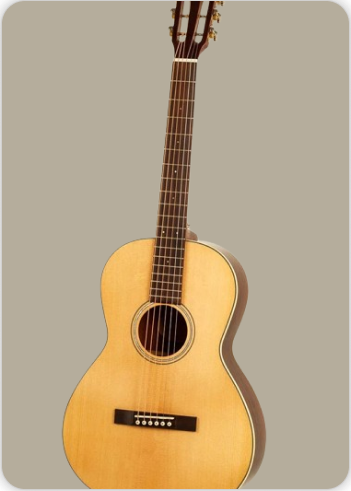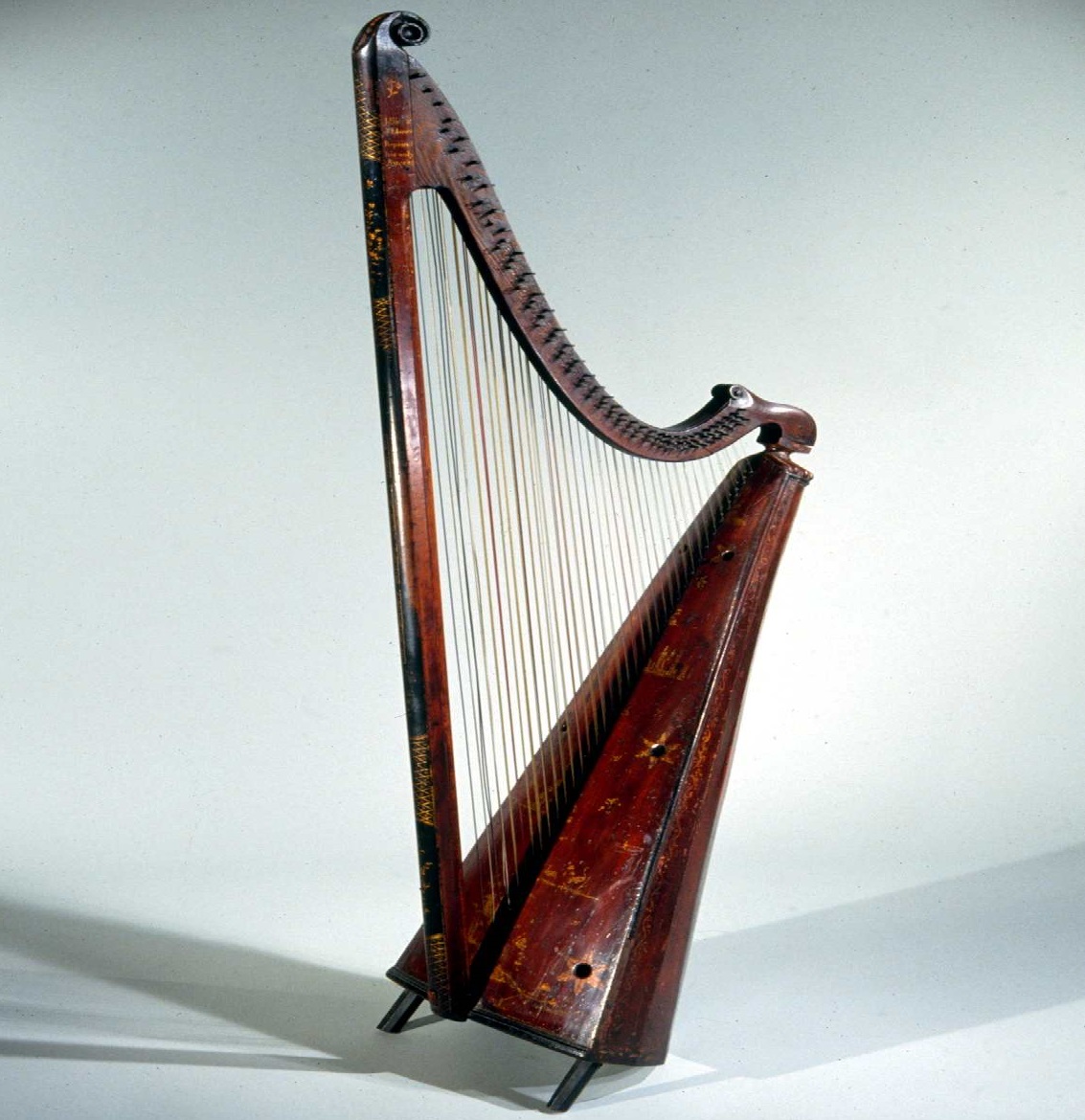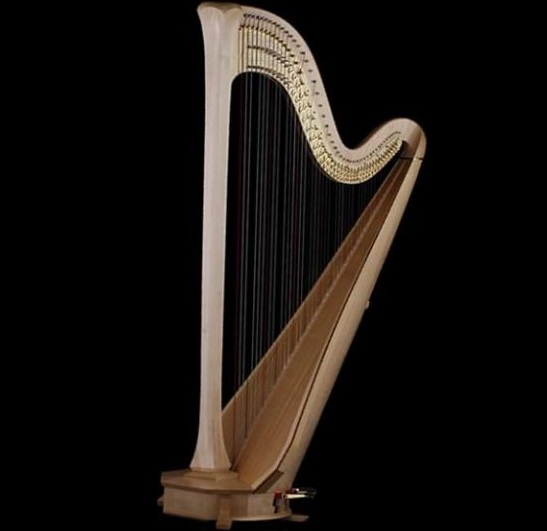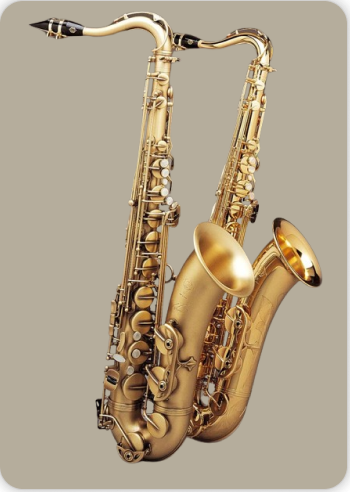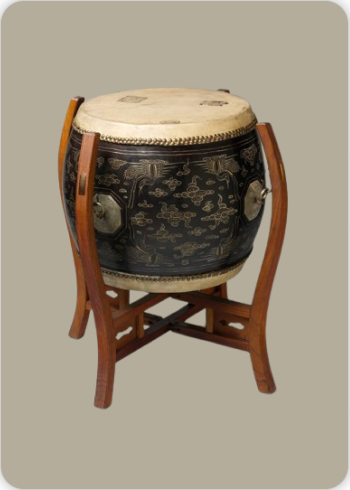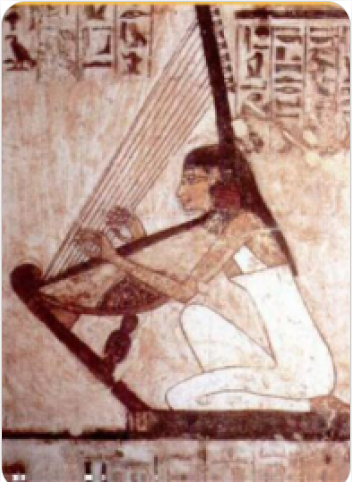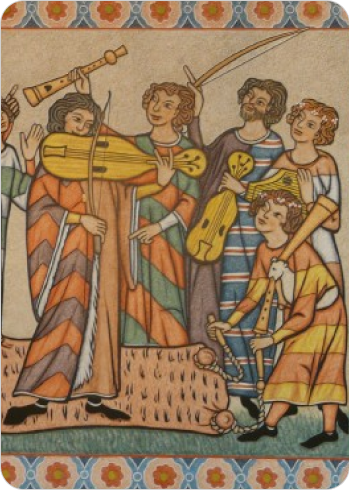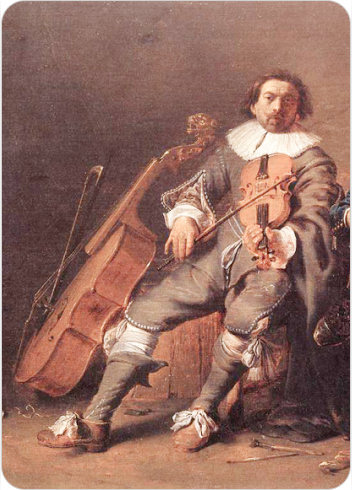Triple harp
Plucked Instruments
Europe
Between 1001 and 1900 AD
Video
The triple harp, a captivating and complex stringed instrument, stands as a testament to the ingenuity of musical craftsmanship. Its unique design and rich history have cemented its place in the annals of music, particularly within the Welsh tradition. Offering a wider range of notes and a distinctive sound, the triple harp represents a fascinating evolution from its earlier counterparts.
Description and Type of Instrument
The triple harp is a multi-stringed musical instrument belonging to the harp family, characterized by its three rows of strings. Unlike the more common single-row or double-row harps, the triple harp features two outer rows tuned in unison, flanking a central row tuned diatonically. This configuration allows for the playing of chromatic scales and complex harmonies without the need for levers or pedals, which are standard features on modern concert harps. The instrument is typically upright, with a resonating soundbox, a neck, and a pillar that supports the tension of the strings. The strings themselves are made of various materials, including gut, nylon, or wire, depending on the specific range and desired tone. The triple harp is a chordophone, producing sound through the vibration of its strings, which are plucked by the player’s fingers. Its intricate design and the sheer number of strings make it a challenging instrument to master, requiring a high level of dexterity and musical skill.
History and Origin
The triple harp’s history can be traced back to 17th-century Italy, where it emerged as an adaptation of earlier multi-stringed harps. The precise origins are somewhat obscured, but it is believed that the desire to play more complex music, particularly chromatic passages, drove the development of this instrument. From Italy, the triple harp spread to other parts of Europe, including France and England. However, it was in Wales that the triple harp found its true home and became deeply ingrained in the national musical culture. By the 18th century, the triple harp had become the dominant harp in Wales, replacing earlier single-row instruments. Welsh composers and performers embraced the instrument, creating a rich repertoire of music specifically for the triple harp. The instrument’s popularity in Wales continued throughout the 19th and early 20th centuries, solidifying its status as a symbol of Welsh musical heritage. While its popularity has fluctuated over time, the triple harp remains an important part of Welsh musical tradition, and efforts are continually made to preserve and promote its use. The instrument’s popularity outside of Wales has been limited. The instrument has been, and continues to be, primarily associated with European, and specifically, Welsh music.
Construction and Design
The construction of a triple harp is a complex and meticulous process, requiring the skills of experienced luthiers. The instrument typically features a soundbox made of seasoned wood, such as spruce or maple, which is carefully shaped to enhance resonance. The neck, which supports the strings, is often made of hardwood and is designed to withstand the considerable tension exerted by the strings. The pillar, which connects the soundbox to the neck, provides additional support and stability. The most distinctive feature of the triple harp is its three rows of strings. The two outer rows are tuned in unison, providing the diatonic scale. The central row, also tuned diatonically, is positioned between the outer rows, allowing the player to reach the necessary chromatic notes by passing their fingers between the outer strings. This arrangement eliminates the need for levers or pedals, which are used on modern concert harps to change the pitch of individual strings. The strings themselves are typically made of gut, nylon, or wire, depending on the desired tone and range. Gut strings produce a warm, mellow tone, while nylon strings offer a brighter, more resonant sound. Wire strings are often used for the bass register, providing a powerful and clear tone. The design of the triple harp reflects a careful balance between structural integrity and acoustic performance. The choice of materials, the shape of the soundbox, and the arrangement of the strings all contribute to the instrument’s unique sound and playing characteristics.
Types of Triple Harps
While the fundamental design of the triple harp remains consistent, there are variations in size, construction, and ornamentation. These variations can be attributed to regional preferences, individual luthiers, and the specific needs of performers. The most notable variations are related to the size of the instrument, ranging from smaller, more portable models to larger, concert-sized harps. Smaller triple harps are often preferred by folk musicians and amateur players, while larger harps are favored by professional performers and orchestral musicians. The number of strings can also vary, although most triple harps have between 90 and 100 strings. The tuning and string materials may also differ slightly, depending on the specific style of music being played. Some triple harps feature elaborate ornamentation, such as carved decorations, inlaid patterns, and gilded accents, reflecting the craftsmanship and artistry of the luthier. These decorative elements can enhance the aesthetic appeal of the instrument, making it a visual as well as a musical masterpiece. There is not a large number of ‘types’ of triple harps, in the way that there are for violins for example. Instead, the differences are more subtle, and tend to be related to the builder, and the intended use of the instrument.
Characteristics
The triple harp possesses several unique characteristics that distinguish it from other harp types. Its most notable feature is its three rows of strings, which allow for the playing of chromatic scales and complex harmonies without the need for levers or pedals. This design gives the triple harp a distinctive sound and playing technique. The absence of levers or pedals means that the player must rely on their dexterity and musical skill to navigate the complex string arrangement. This requires a high level of precision and control, making the triple harp a challenging but rewarding instrument to master. The tone of the triple harp is often described as warm, rich, and resonant, with a distinctive clarity and depth. The use of gut, nylon, and wire strings contributes to the instrument’s tonal versatility, allowing it to produce a wide range of timbres and colors. The triple harp’s sound is particularly well-suited to Welsh folk music, where it is often used to accompany traditional songs and dances. The instrument’s ability to play intricate melodies and harmonies makes it ideal for solo performances and ensemble playing. The triple harp’s visual appeal is another important characteristic. Its elegant design, elaborate ornamentation, and sheer number of strings make it a captivating instrument to behold.
The craftsmanship involved in building a triple harp is often evident in the intricate details of its construction, reflecting the skill and artistry of the luthier. The triple harp’s historical significance and cultural importance further enhance its appeal. As a symbol of Welsh musical heritage, the triple harp represents a rich tradition of music-making and artistic expression. The instrument’s complex string arrangement results in a musical voice capable of great nuance. The player must be able to move their hands with great precision, and have a strong understanding of musical harmony to be able to fully utilize the instrument. The triple harp’s musical range is wide, and its sound is both delicate and powerful. The sound of the triple harp can fill a large space, and can be used to create a wide range of musical textures. The instrument is a true work of art, and its sound is a testament to the skill of the luthiers who create it, and the musicians who play it.
Playing Techniques and Sound Modifications
Playing the triple harp requires a sophisticated understanding of its unique string arrangement. The two outer rows of diatonic strings are tuned similarly to a standard diatonic harp, while the central row provides the chromatic notes. This layout necessitates a precise and agile finger technique to navigate the three rows effectively. The player must learn to interweave their fingers between the outer strings to pluck the inner chromatic strings, a skill that demands years of practice. The ability to execute rapid scales, arpeggios, and glissandos is crucial for performing the complex repertoire associated with the triple harp. The player’s hands must move fluidly and accurately, ensuring that the correct strings are plucked at the right moment. The use of different fingerings and hand positions allows for a wide range of tonal colors and dynamic variations. The player can achieve a soft, delicate sound by plucking the strings near the center, or a brighter, more resonant tone by plucking them closer to the soundboard. The triple harp’s design also allows for unique sound modifications. The ability to create “bisbigliando” effects, a rapid repetition of a chord or note, is a hallmark of the instrument’s expressive capabilities. This technique, which involves rapidly alternating between the left and right hands, creates a shimmering, ethereal sound. Additionally, the player can use various damping techniques to control the sustain and resonance of the strings, adding depth and nuance to the performance. The use of harmonics, achieved by lightly touching the string at specific points, further expands the instrument’s tonal palette. The triple harp’s ability to produce a wide range of dynamics, from delicate pianissimos to powerful fortissimos, makes it a versatile instrument capable of conveying a wide spectrum of emotions. The interplay between the three rows of strings allows for complex harmonic progressions and intricate counterpoint, making the triple harp a powerful tool for musical expression. The player’s ability to manipulate the sound through subtle variations in touch and technique is essential for bringing out the instrument’s full potential.
Applications in Music
The triple harp’s versatility has allowed it to find a place in a variety of musical genres. Historically, it was deeply embedded in the Welsh folk music tradition, where it was used to accompany singers and dancers. Its distinctive sound became synonymous with Welsh cultural identity, and it played a central role in social gatherings and ceremonial events. In the classical music realm, the triple harp has been featured in solo recitals, chamber music ensembles, and orchestral works. Composers have been drawn to its unique tonal qualities and its ability to create rich, textured harmonies. The instrument’s capacity for intricate ornamentation and expressive dynamics makes it well-suited for baroque and classical compositions. In contemporary music, the triple harp has found new applications, with composers exploring its potential in experimental and avant-garde works. Its ability to produce microtonal variations and complex harmonic textures has made it a valuable tool for creating innovative soundscapes. The triple harp has also been used in film scores and television soundtracks, adding a touch of elegance and sophistication to the music. Its ethereal sound can evoke a sense of mystery, romance, or nostalgia, making it a powerful tool for storytelling. In traditional Celtic music, the triple harp continues to be a cherished instrument, its sound deeply intertwined with the cultural heritage of Wales and other Celtic regions. Its use in folk festivals and traditional music concerts ensures that its legacy remains alive and vibrant. The triple harp’s adaptability and expressive range have allowed it to transcend its historical context and find a place in a wide range of musical settings. Its ability to blend seamlessly with other instruments, while retaining its unique character, makes it a valuable addition to any ensemble. The triple harp’s enduring appeal lies in its ability to evoke a sense of timeless beauty and emotional depth.
Most Influential Players
Throughout its history, the triple harp has been graced by a succession of exceptional players who have contributed to its development and popularity. Among the most influential figures is John Parry (Parry Ddall Rhiwabon), an 18th-century Welsh virtuoso who is credited with popularizing the instrument and elevating its status. His performances and compositions showcased the triple harp’s capabilities, inspiring generations of players. Another significant figure is Nansi Richards, a 20th-century Welsh harpist known as “Telynores Maldwyn” (Harpist of Montgomeryshire). She dedicated her life to preserving and promoting the Welsh triple harp tradition, performing extensively and teaching numerous students. Her passion and dedication helped to ensure the instrument’s survival in the face of changing musical trends.
Osian Ellis, a renowned Welsh composer and harpist, also played a crucial role in bringing the triple harp to a wider audience. His compositions and performances showcased the instrument’s versatility and expressive range, earning him international acclaim. Ellis’s work with composers such as Benjamin Britten further solidified the triple harp’s place in the classical music world.
Catrin Finch, a contemporary Welsh harpist, has also made significant contributions to the triple harp’s legacy. Her virtuosity and innovative approach to performance have captivated audiences worldwide. Finch’s ability to blend traditional Welsh music with contemporary styles has expanded the instrument’s appeal and brought it to a new generation of listeners. Other notable players include Elinor Bennett, Robin Huw Bowen, and Llio Rhydderch, each of whom has contributed to the rich tapestry of triple harp performance and pedagogy. These influential players have not only mastered the instrument’s technical challenges but have also served as ambassadors for its cultural significance. Their dedication and artistry have ensured that the triple harp continues to inspire and enchant audiences around the world.
Maintenance and Care
The triple harp, with its intricate construction and delicate strings, requires meticulous maintenance and care to ensure its longevity and optimal performance. Regular tuning is essential, as the three rows of strings can be affected by changes in temperature and humidity. The instrument should be stored in a stable environment, away from direct sunlight and extreme temperature fluctuations. The soundboard, made of thin wood, is particularly vulnerable to damage and should be protected from impacts and scratches. The strings, typically made of gut or nylon, require periodic replacement as they lose their elasticity and tonal quality over time. The player should also regularly clean the strings and the soundboard to remove dust and debris. Professional maintenance, including adjustments to the mechanism and repairs to the frame, should be carried out by experienced luthiers specializing in triple harps. The intricate mechanics of the instrument, including the pins and levers, require precise adjustments to ensure proper functioning. The soundboard and frame should be inspected for cracks or warping, which can affect the instrument’s tone and stability. The player should also pay attention to the condition of the tuning pins, ensuring that they are securely fastened and free from corrosion. The use of a humidifier in dry climates can help to maintain the optimal humidity level for the instrument. Proper handling is crucial to prevent damage to the delicate strings and frame. The player should avoid placing excessive pressure on the strings or the soundboard, and should always lift the instrument by its frame. Regular inspections and preventative maintenance can help to prolong the life of the triple harp and ensure that it continues to produce its beautiful sound for generations to come.
Cultural Significance
The triple harp holds a profound cultural significance, particularly in Wales, where it has become a symbol of national identity and musical heritage. Its distinctive sound and intricate design are deeply intertwined with the history and traditions of the Welsh people. The instrument’s presence in Welsh literature, art, and folklore underscores its cultural importance. It has been featured in numerous poems, songs, and stories, often associated with themes of beauty, romance, and national pride.
The triple harp’s role in social gatherings and ceremonial events has further solidified its cultural significance. Its sound has been used to accompany traditional Welsh dances, songs, and storytelling, creating a rich tapestry of cultural expression. The instrument’s association with the Welsh gentry and aristocracy has also contributed to its prestige and status. The triple harp’s presence in the Eisteddfod, a traditional Welsh festival of literature and music, highlights its central role in Welsh cultural life. Its sound has become synonymous with the spirit of Welsh music, evoking a sense of nostalgia and cultural pride. The triple harp’s cultural significance extends beyond Wales, with its influence felt in other Celtic regions and beyond. Its unique sound and design have
FAQ
What is the origin of the Triple Harp?
The Triple Harp originated in Italy during the late 16th century and was later adopted in Wales, where it became a national symbol. It features three rows of strings, distinguishing it from other harps. The instrument gained prominence in Welsh folk and classical music.
What materials are used in the construction of the Triple Harp?
The Triple Harp is typically made from hardwoods like maple or spruce for the frame, while gut or nylon strings produce its rich tone. The soundboard is often crafted from fine-grain spruce for better resonance. Traditional models feature hand-carved decorations.
What are the main features of the Triple Harp?
The Triple Harp has three rows of strings: two outer diatonic rows and an inner chromatic row for sharps and flats. It lacks pedals, requiring hand-crossing for chromatic notes. Its distinctive, rich tone makes it ideal for classical and folk music.
 Links
Links
References
Other Instrument
Categories
